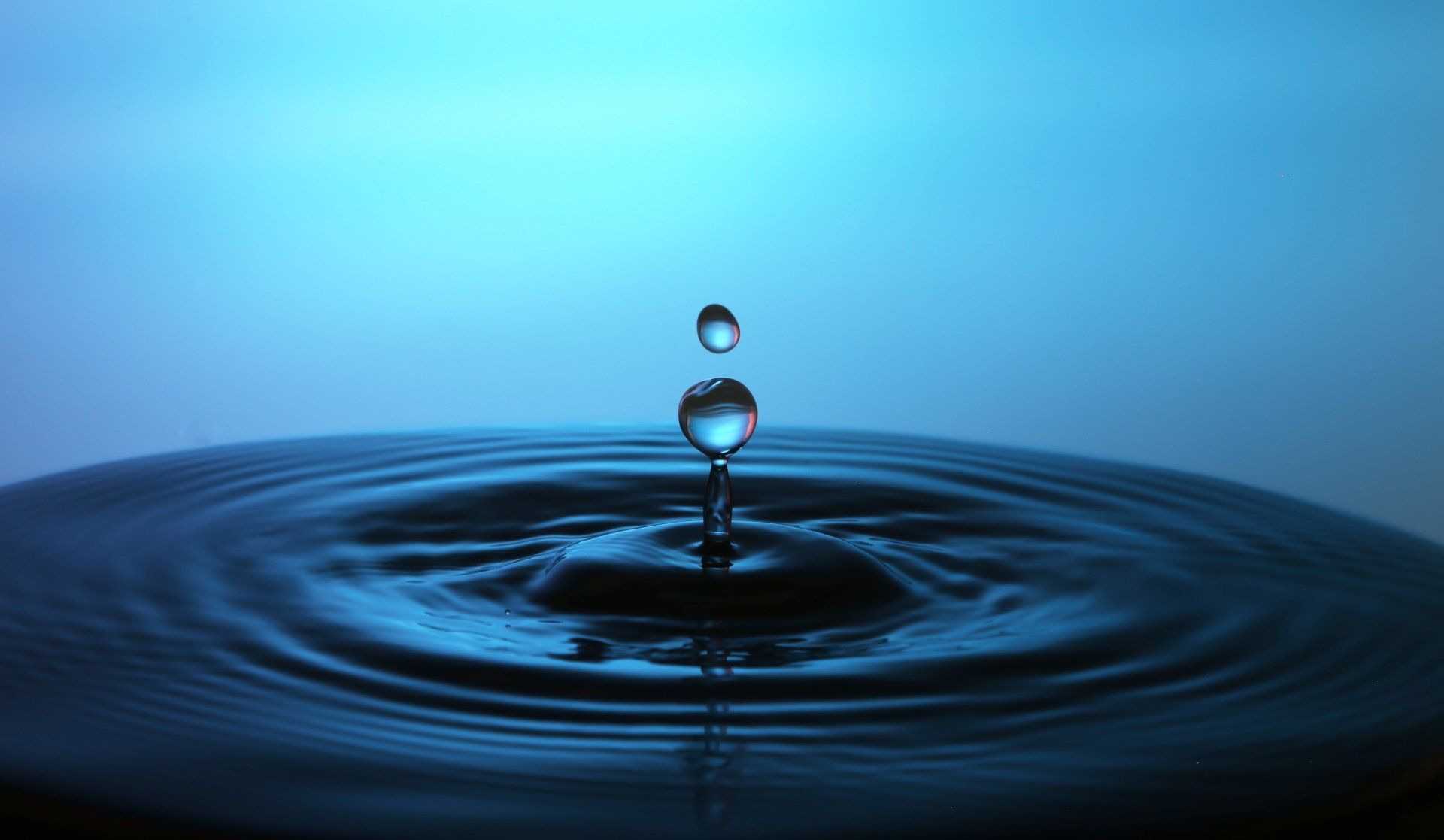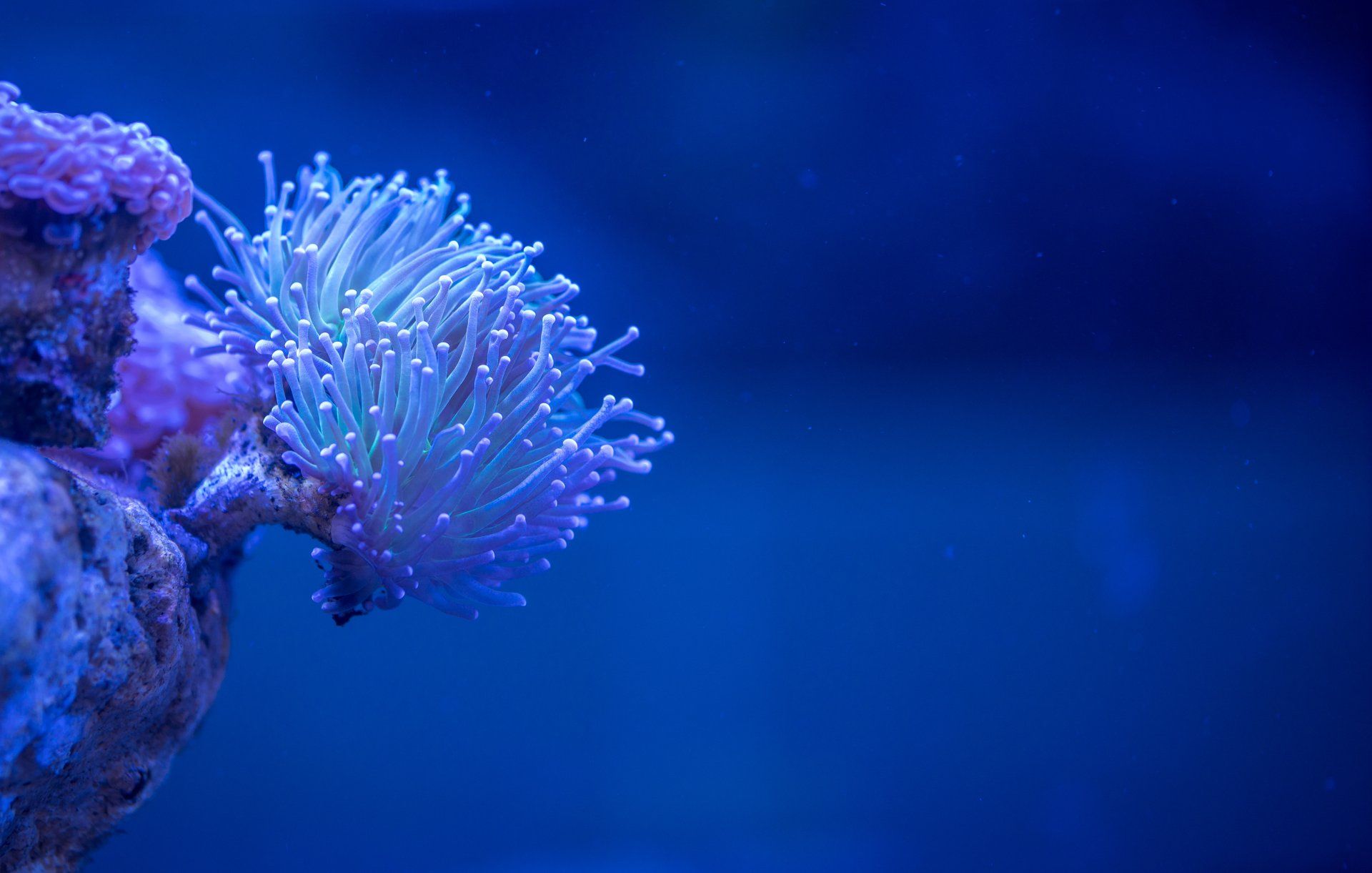UV Disinfection: 7 Most Important Things You Need To Know
UV light provides effective and rapid inactivation of microorganism trough a physical process. In this blog we will discuss the basis of the UV (Ultraviolet) Disinfection / Sterilization purification technique. We will go trough the following subjects;
- Understanding Ultraviolet (UV) Light and Its Types
- How does UV disinfection / sterilization work?
- What are the advantages of UV disinfection?
- What are the disadvantages of UV disinfection?
- What can be removed via UV Disinfection?
- UV light for room disinfection
- UV and quality standards
Understanding Ultraviolet (UV) Light and Its Types
UV Light: Unveiling the Invisible Spectrum
UV, short for Ultraviolet, also known as black light or UV light, is a form of electromagnetic radiation that lies just beyond the range of the human eye's perception. With wavelengths ranging between 100 and 400 nm (nanometers), ultraviolet radiation possesses a shorter wavelength than visible light, resulting in a higher energy content. This heightened energy level enables UV to reach the ionization potential of organic molecules and initiate chemical reactions.
Distinguishing the Variants of UV
When considering the impact of ultraviolet light on both living organisms and the environment, it is important to differentiate between three distinct types: UV A, UV B, and UV C. Each type of UV radiation has its unique characteristics:
- UV A: Often referred to as "long waves," UV A exhibits a wavelength ranging approximately from 315 to 400 nm.
- UV B: Occupying a wavelength between 280 and 315 nm, UV B falls within a shorter range compared to UV A.
- UV C: Known as "short-wave radiation," UV C encompasses wavelengths between 100 and 280 nm. UV C is specifically utilized in disinfection and sterilization applications.
Understanding these divisions allows for a comprehensive comprehension of the diverse effects and applications of ultraviolet light.
How does UV disinfection work?
UV C disinfection is based on the absorption of UV C radiation by, for example, micro-organisms. With the rapid absorption of the UV-C, the DNA and RNA becomes damaged in the micro-organisms, so that the microorganisms can no longer reproduce. Just like with a normal lamp, the power is expressed in UV lamps in Watts (W). The more Watts the UV lamp has, the more power and effect for disinfection or sterilization this lamp will have.
Benefits of UV disinfection?
- UV has no addition of chemicals that may affect taste, odor and color or that are there have to be purified again later on.
- UV is environmentally friendly. In principle, no harmful intermediates arise and only cost energy.
- UV does not create carcinogenic disinfection by-products
- UV light has many application areas and is an effective disinfection method.
- UV light works quick, safe and is easy to use and maintain.
- Ability to inactivate protozoa like cryptosporidium and giardia.
- UV light has low energy costs .
Disadvantages of UV disinfection?
- UV light needs the right amount of energy to be effective.
- UV light is effective for microorganisms not for chemicals.
- Photochemical damage caused by UV may be repaired by some organisms.
- UV light does not delete, but only "breaks".
What can be removed via UV disinfection?
UV light for room disinfection
UV-C is very effective in disinfection or sanitizing rooms and spaces by killing viruses and bacteria that are present in that room. If you have UV light with enough Watt, and you have for example the corona-virus exposed to it for multiple seconds, then it can be killed or significantly reduced in number. Various sources say that around 6 seconds of exposure to UV light can kill about 99% of Covid-19 (the amount of watt was not mentioned here). This is one of the reasons that UV is used for disinfection of the air and surfaces in rooms.
UV and quality standards
- NEN-EN-ISO 15858:2016 en - UV-C Devices - Safety information - Permissible human exposure
In this blog we have provided basic knowledge about the meaning of UV light and we discussed how this purification technique works, what the pros and cons are and what you can remove or inactivate with it. Also read our other and future blogs about purification techniques.





